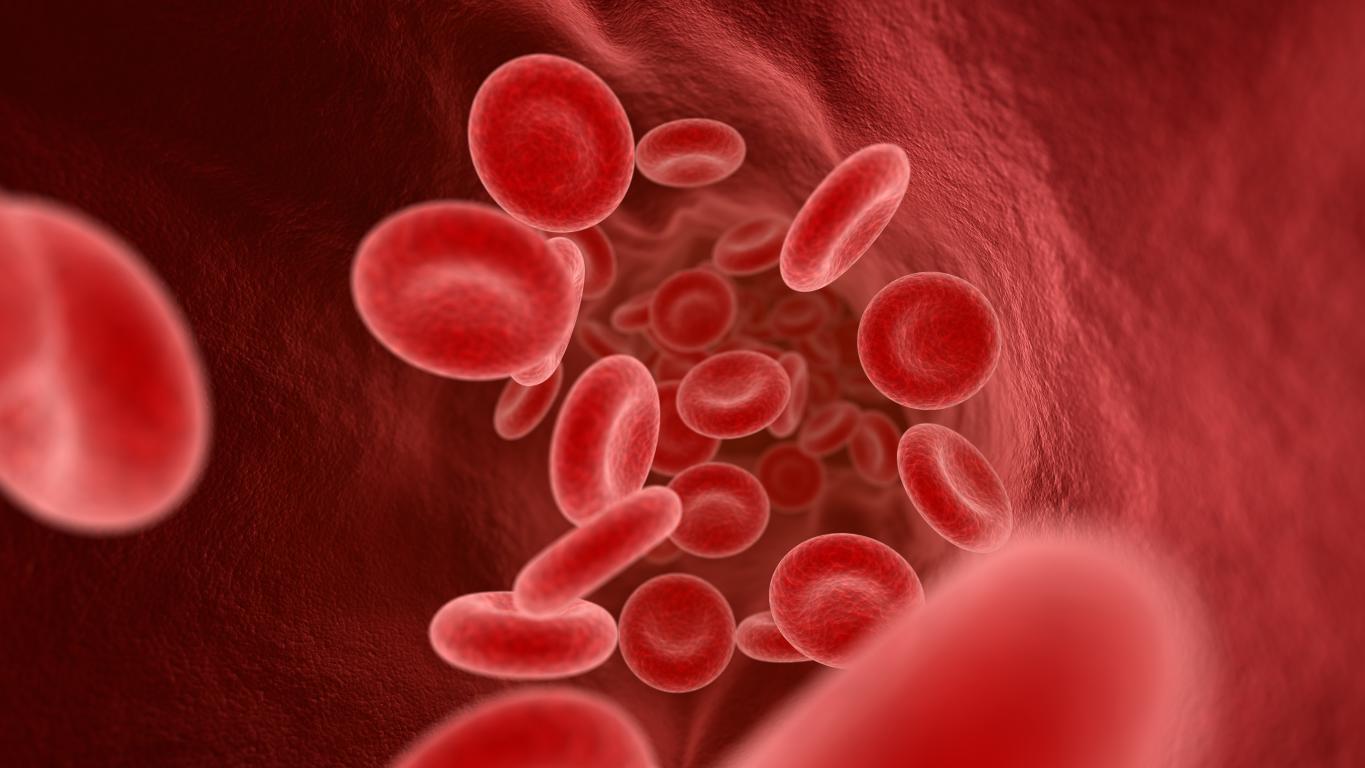Bio-degradable cards
Every card imaginable!
|
Bio-degradable cards Every card imaginable! Living with Sickle Cell Disease symptoms treatment and everyday challenges
Understanding Sickle Cell Disease: The BasicsSickle Cell Disease (SCD) is a serious genetic disorder that impacts red blood cells. In healthy individuals, red blood cells are round and flexible, allowing them to move easily through blood vessels. However, in those with Sickle Cell Disease, red blood cells become rigid and shaped like a crescent, resembling a sickle. These sickle-shaped cells do not function as effectively and are prone to blocking blood flow, leading to a wide range of health complications. Sickle Cell Disease is inherited when a child receives two sickle cell genes, one from each parent. If only one parent passes on the gene, the child will have the sickle cell trait, meaning they are a carrier but usually do not have symptoms themselves. The condition is most common among individuals with African and Caribbean backgrounds, although it can also affect people of other ethnicities, including those from Mediterranean, Middle Eastern, and Asian descent. One of the most well-known symptoms of Sickle Cell Disease is a painful episode referred to as a “sickle cell crisis.” This pain occurs when the sickle-shaped cells block blood vessels, causing restricted blood flow and damaging tissues. These crises can be extremely painful and can last for hours or even days. Other symptoms of Sickle Cell Disease include fatigue, anaemia, frequent infections, delayed growth, and jaundice. Over time, it can also cause damage to vital organs such as the heart, lungs, and kidneys. People with Sickle Cell Disease often experience a reduced lifespan, though treatment and medical care have improved the outlook for many. Despite this, Sickle Cell Disease remains a lifelong condition that requires ongoing management and medical support to ensure the best quality of life possible. 
How is Sickle Cell Disease Diagnosed and What Are the Treatment Options?Diagnosing Sickle Cell Disease is typically done through a simple blood test, which can identify the presence of abnormal haemoglobin that causes red blood cells to sickle. In the UK, Sickle Cell Disease is often detected shortly after birth through the newborn blood spot screening programme. This screening helps identify babies at risk of developing serious complications early on, allowing for prompt treatment to prevent infections and manage symptoms. While there is currently no widespread cure for Sickle Cell Disease, several treatment options can help manage the symptoms and reduce the frequency of complications. Treatment focuses on preventing pain crises, infections, and organ damage. One commonly prescribed medication is hydroxycarbamide, which helps reduce the number of sickle cell crises by increasing the production of a type of haemoglobin that prevents red blood cells from sickling. Regular blood transfusions may also be necessary for people with severe Sickle Cell Disease to boost healthy red blood cell levels. In addition to medication and blood transfusions, managing Sickle Cell Disease requires vigilant care to avoid common triggers that can cause cells to sickle, such as dehydration, cold weather, and infections. People with Sickle Cell Disease are encouraged to stay hydrated, avoid extreme temperatures, and get regular vaccinations to reduce the risk of infections that can exacerbate symptoms. Pain management is another crucial aspect of living with Sickle Cell Disease. Over-the-counter painkillers such as ibuprofen or paracetamol can help with milder pain, but more severe crises may require stronger medications or hospital care. While bone marrow or stem cell transplants can potentially cure Sickle Cell Disease, these treatments are not suitable for everyone. They are usually only an option for individuals with severe forms of the disease who have a well-matched donor, as the procedure carries significant risks. 
Living with Sickle Cell Disease: Day-to-Day Management and ChallengesLiving with Sickle Cell Disease presents many challenges, both physically and emotionally. The unpredictable nature of sickle cell crises means that people with the condition may have to constantly adjust their activities and lifestyle to manage pain and avoid triggers. Some individuals may experience only occasional crises, while others have frequent and severe episodes that can interfere with their ability to work, attend school, or socialise. One of the most significant challenges is the impact of chronic pain. Sickle cell crises can strike at any time, often without warning, leaving individuals in debilitating pain that can last for hours or days. For some, the pain can be managed at home with medication and rest, but others may require hospitalisation for stronger pain relief or treatment for complications. The ongoing threat of pain can lead to anxiety and depression, particularly in individuals who feel their condition limits their ability to live a normal life. Fatigue is another common issue, as people with Sickle Cell Disease often suffer from anaemia, which leaves them feeling tired and weak. This can make it difficult to participate in everyday activities, and some individuals may find it challenging to hold down a job or keep up with physical tasks. The risk of infections is also a constant concern for those with Sickle Cell Disease. Because the condition can affect the spleen, which plays a vital role in fighting infections, people with SCD are more vulnerable to serious illnesses like pneumonia, meningitis, and sepsis. Regular vaccinations and prophylactic antibiotics are often recommended to reduce the risk of these infections. Social stigma can also be a barrier for individuals with Sickle Cell Disease. Many people are unfamiliar with the condition, leading to misunderstandings or assumptions about what individuals with SCD can or cannot do. Raising awareness and educating others about Sickle Cell Disease is essential for reducing stigma and ensuring that people with the condition receive the support and understanding they need. 
What Are the Complications of Sickle Cell Disease?Sickle Cell Disease is associated with a range of complications that can affect various parts of the body. One of the most serious is stroke, which occurs when sickle-shaped cells block blood flow to the brain. Children with Sickle Cell Disease are at particular risk, with strokes most likely to occur between the ages of two and sixteen. Fortunately, regular monitoring through transcranial Doppler ultrasound can help identify children at risk and allow for early intervention to prevent strokes. Another complication is acute chest syndrome, a potentially life-threatening condition that occurs when sickled cells block blood vessels in the lungs. Symptoms include chest pain, fever, and difficulty breathing, and treatment often requires hospitalisation and oxygen therapy. People with Sickle Cell Disease are also at risk of organ damage due to the chronic lack of oxygen caused by blocked blood vessels. Over time, this can lead to problems with the liver, kidneys, heart, and lungs. Regular monitoring and early intervention are crucial to prevent or manage organ damage. Vision problems are another common complication, as the abnormal blood flow associated with Sickle Cell Disease can damage the blood vessels in the eyes. Regular eye exams are recommended to catch any changes early, and in some cases, laser treatment may be needed to repair damaged blood vessels and prevent vision loss. Sickle Cell Disease can also cause problems with bone health. Repeated sickling episodes can lead to a condition known as avascular necrosis, where the blood supply to the bones is cut off, causing the bone tissue to die. This most commonly affects the hips and shoulders and may require surgery in severe cases. 
Support for People with Sickle Cell Disease in the UKIn the UK, there are many resources and support networks available to help individuals with Sickle Cell Disease manage their condition and improve their quality of life. Specialist sickle cell centres provide comprehensive care, including regular check-ups, genetic counselling, and access to treatments that can help prevent complications. Community support is also vital for those living with Sickle Cell Disease. Organisations such as the Sickle Cell Society offer a range of services, including education, advocacy, and emotional support for patients and their families. These organisations play a crucial role in raising awareness about Sickle Cell Disease and ensuring that individuals have access to the care and resources they need. For many individuals, psychological support is also an essential aspect of managing Sickle Cell Disease. The physical challenges of the condition can take a toll on mental health, and counselling or therapy can help individuals cope with the emotional impact of chronic illness. In conclusion, while Sickle Cell Disease presents many challenges, improvements in medical care, awareness, and support systems are helping individuals with the condition lead fuller, healthier lives. Ongoing research into new treatments and potential cures offers hope for the future, and with the right care, people with Sickle Cell Disease can manage their symptoms and complications more effectively than ever before.
© 2024 The Card Project Uk Ltd
VAT: 453 2087 06
|